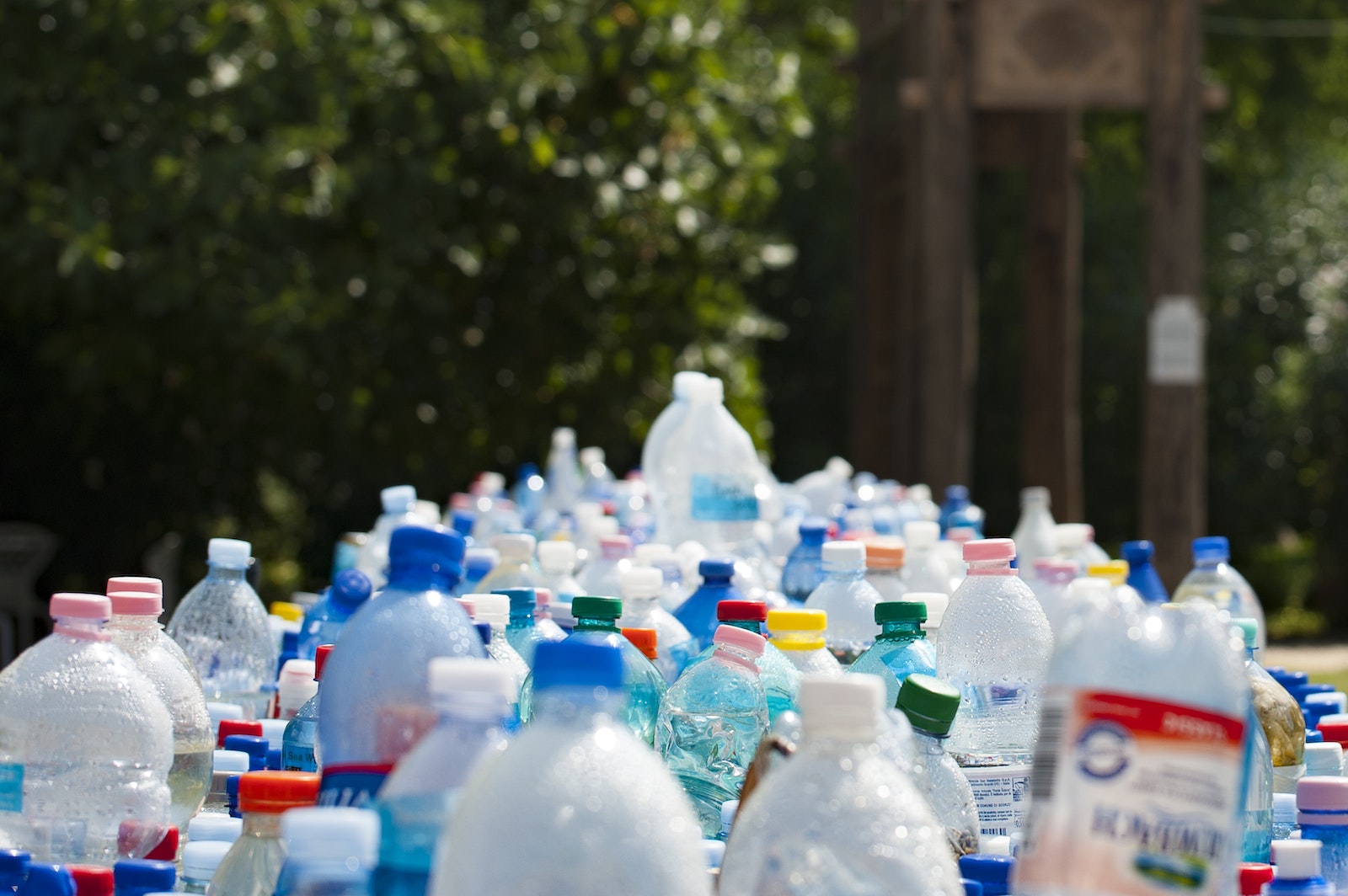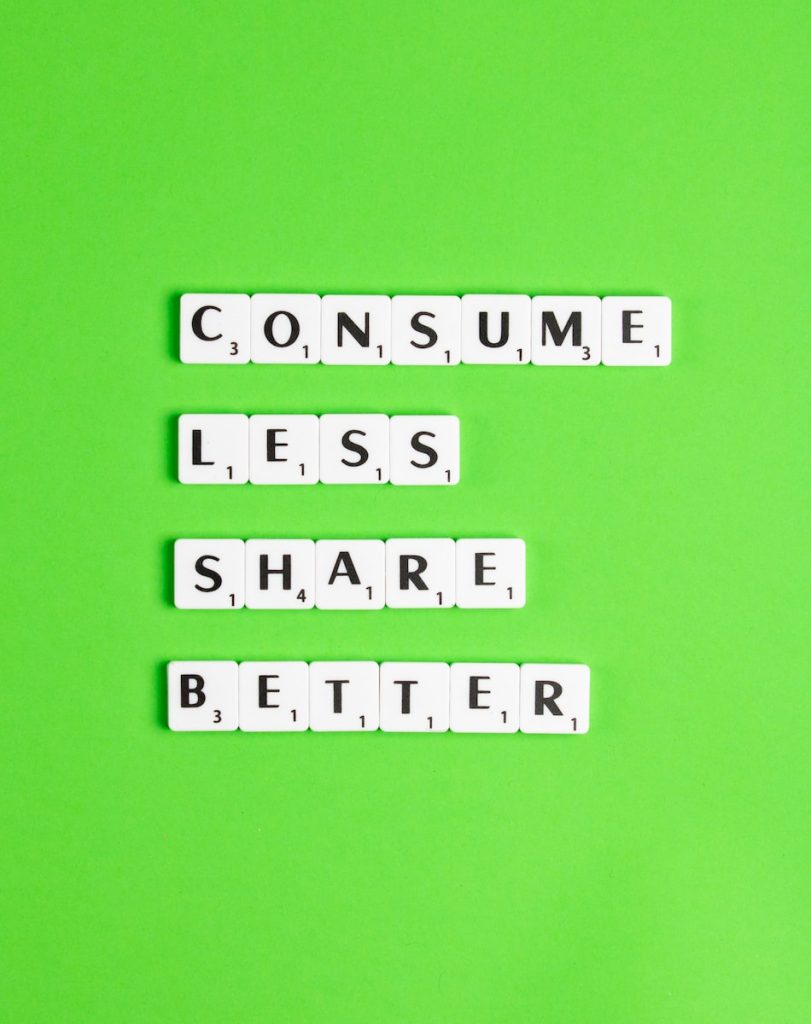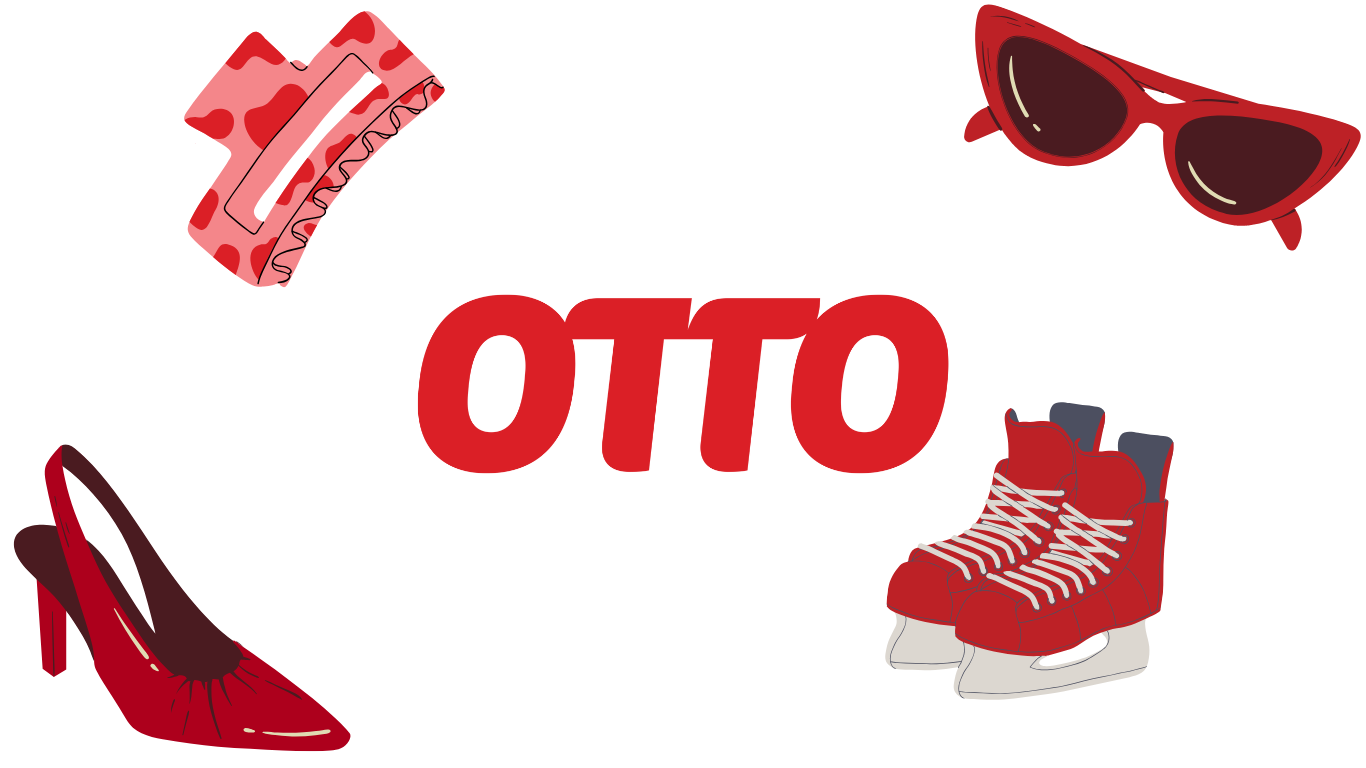How Can We Shape a Sustainable Future?
The circular economy aims to change the paradigm in relation to the linear economy by limiting the environmental impact and waste of resources, as well as increasing efficiency at all stages of the product economy. The recent warnings about waste pollution and the limits of natural resources are encouraging the development of a circular economy. In this article, you’ll discover the importance of developing a circular economy, potential solutions to achieve it, and how you can contribute towards this change.
What Is the Circular Economy?
The circular economy refers to an economic model whose objective is to produce goods and services in a sustainable way by limiting the consumption and waste of resources like raw materials, water, and energy. Contrary to the model of the linear economy, which is based on a take-make-consume-throw-away pattern, the circular economy transforms waste into recycled materials for product design or other uses. It is part of a global strategy that uses the principles of the green economy, industrial ecology, eco-design, or the economy of functionality.

Circular Economy Principles
The circular economy encompasses a number of sectors and can be broken down into 7 complementary patterns of production and consumption which, when combined, make sense and reinforce each other.
1. Sustainable Procurement: development and implementation of a responsible purchasing policy. Sustainable procurement is a process whereby organizations purchase goods and services as sustainably as possible, with the lowest environmental impact and most positive social results (UNDP). For example, a company procures its electricity needs from an alternative energy source such as wind power, as opposed to fossil fuel-based energy.
2. Eco-Design: it is a production perspective that consists of integrating environmental protection criteria into every phase: conception, development, transport and recycling. An eco-design respects the principles of the circular economy, such as that the materials at the end of life can be returned back to the system for new uses. The concept is unlike the linear economy’s ‘buy-use-throw away’ culture. Features of eco-design (in comparison to standard design) are:
- Use of fewer materials
- Relatively easier to recycle
- Use of bio-materials
- Materials are longer lasting
- Multipurpose, reusable, and recyclable
- Lower emissions
There are examples of eco-design in all kinds of consumer goods: biodegradable home furniture, recycled tableware, bamboo sunglasses, and toothbrushes or clothes and shoes made of plastic recovered from the ocean.
3. Industrial and Territorial Ecology or Industrial Symbiosis: eco-industrial synergies at the scale of a business area – the waste of one company can become the resources of another. For example, sludge from refineries is used as an agricultural fertilizer on nearby farms.
4. Functional Economy: a collaborative economy that favors the use of a product, rather than possession. This means that the functionality of a product is sold as a service instead of selling the product itself. For example, a company provides mobility services but does not sell vehicles. Sharing platforms such as Uber or Lime offer exactly that.
5. Responsible consumption: rational consumption and choice of products according to social and ecological criteria. For example, choosing second-hand instead of new is a great way to contribute to making the economy more circular. And no, you don’t have to spend hours searching for just one second-hand. faircado, an AI-powered browser extension for second-hand shopping, pops up with the best second-hand alternatives to what you’re searching for online, making second-hand shopping as quick and easy as shopping on Amazon.
6. Extending The Duration of Use: By repairing, reusing, and repurposing, extend the product’s life. For example, sewing the holes in your clothes or using old ones as kitchen cloth extends the product’s duration of use. We covered the topic of how to make your clothes last longer in a separate article.
7. Recycling: refers to the treatment and recovery of materials that would have otherwise gone to waste. For example, recycling plastic bottles is a common practice so that they can be remade into something new. However, the best option would be to avoid using plastic altogether whenever possible, so we strongly suggest researching sustainable alternatives to plastics.

Circular Economy Benefits
Environmental: The first advantage of the circular economy is it helps protect the environment. It reduces waste and greenhouse gas emissions, systemizes recycling, and fights to end planned obsolescence. The circular economy decreases our dependence on raw resources and prioritizes the use of materials that already exist in the market.
Economic: Another benefit of the circular economy is that it stimulates innovation and boosts economic growth. In the long run, this could enhance competition as companies search for new innovations that capture the attention of investors and consumers.
Social: Creates new jobs, thus reducing unemployment and helping fight poverty. It also reduces the social impact associated with pollution and climate change.
Circular Economy Challenges
The circular economy has been gaining traction in many business sectors and governmental bodies. However, it comes with its own challenges.
Institutional: Rules and regulations need to be adapted to encourage and promote the development of the circular economy, both nationally and internationally. In fact, strengthening local government policies to support its implementation, as well as bringing clear legislation is the key to promoting the transition towards circular business models.
Economic: Business transformation is costly. Therefore, financial incentives are essential in order to achieve a more circular economy. Lowering VAT on recycled products and increasing tax on virgin raw materials are examples of solutions that could be adopted to accelerate the uptake of circular economy initiatives.
Supporting the circular economy and initiatives surrounding it is a step in the right direction. It promotes sustainability and a better way of consumption. However, it requires collaboration amongst all stakeholders, from consumers to businesses and policymakers, to make it work.









